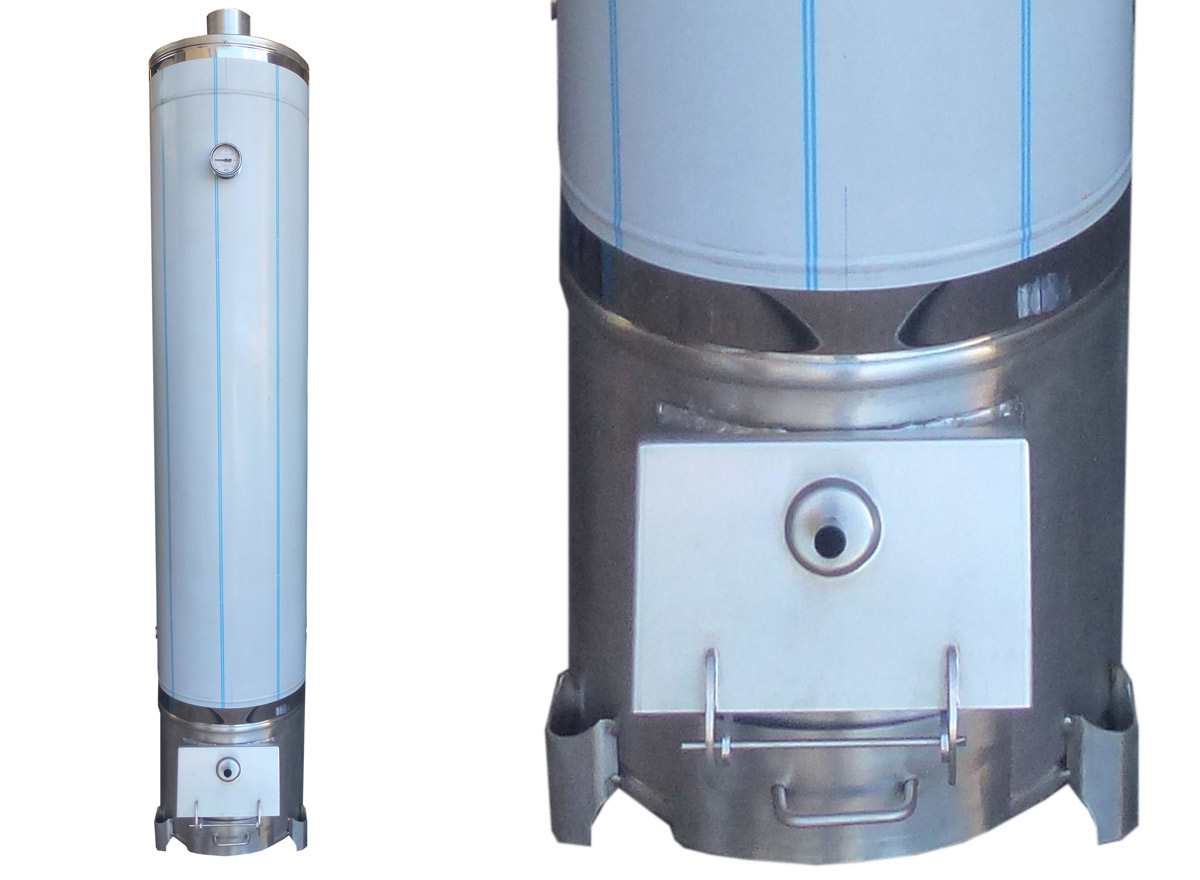


Eric Hanson wrote:Does anyone know of any foods, herbs, etc. ANYTHING that can help restless leg syndrome?
As it stands I do have a prescription to help RLS, but it is only so-so and is intended to use at night. On occasion I have used it during the day with mixed results (it does not make me tired). I can get up and move around, but immediately upon sitting down my legs want to absolutely crawl. Right now my legs have a borderline awful crawling feeling in them bad enough that it is hard to concentrate.
I have found that compression garments do provide some measure of relief and have found a couple of brands of compression pants that provide considerable compression on my legs without being tight, especially in the waist. I wear them commonly in under regular pants and typically they do provide a good deal of comfort/relief without medication—a real plus.
But today NOTHING seems to help. Not compression, not my regular prescription, not muscle relaxers, not even exercise. Does anyone else have this malady and have any useful way to alleviate the symptoms?
Thanks in advance,
Eric

.r ranson wrote:I've put my brain to the problem all day and I can't figure out how I'll sew on the collar
While flat-lining the cloak
and extending the front edge out several inches.
There's got to be a way, because coat collars don't always go right to the edge. I just can't figure it out. yet.
But for now, I'm going to go have a panic attack before trying to cut into this cloth.

F.R. McNeil wrote:
Additionally, I typically think of cloaks having a hood, while capes rarely do.
Personally I'm a huge fan of cloaks, especially with a hooded option. I'm an even bigger fan of cloaks that have openings in the side seams so you can stick your arms out and work without making your whole body cold! Bonus: you can use a cloak as a blanket because it is full-length
To touch on the question other folks had about why cloaks aren't largely worn anymore: I believe the yardage involved in making a cloak could be one reason (that full length means at least 2 yards), but mostly I imagine it has to do with the efficiency of keeping the body warm. While a cape or cloak is much cooler looking (at least in my opinion), a closer fitting garment will keep the heat closer to your body, and requires less energy to warm the space around your body (vs warming the whole area under the cloak/cape). Jackets typically will have close-fitting cuffs and a belt or waistband to keep warmth in very efficiently.
All that said, I do still feel that cloaks, capes, and capelets do have good potential for warming and functionality if constructed properly. You really just have to make sure the design isn't going to constantly fly open on you and let out your warmth!
/costuming rambles

John C Daley wrote:I would proceed in the manner that does not stop for missing parts, and change the design.
Do you have frost there that could freeze the pipes?
Can you run the pipes underneath and come up the walls on the outside where you actually need the water, then you will not have a chance of damaged pipes inside?



John C Daley wrote:Maybe submit some photos of progress so people can see advancement of the project.


John C Daley wrote:
What is "Water will come from a "ballerina"" please?


John C Daley wrote:DECK ON CONTAINER TOP
Particularly if you cut holes in the container.
(...)
Then any deck can be laid between the new beam and the end on a set of rails running the length of the proposed deck.
Another set of posts and the beam could be installed at the point the two containers meet also, coming from either the existing foundation or a new one.
John C Daley wrote:DECK ON CONTAINER TOP
how to coat the outside of the containers
Some important questions;
- what climate are you in?
- how hot does it get?
- will you fry in the containers in summer?
ALSO, WILL YOU HAVE ;
- solar electric panels
- solar hot water panels
- a need to insulated the containers

John F Dean wrote:There are other options for the deck, such as respecting the weight bearing points of the lower structure. However, I would use posts independent of the lower structure to support the deck.